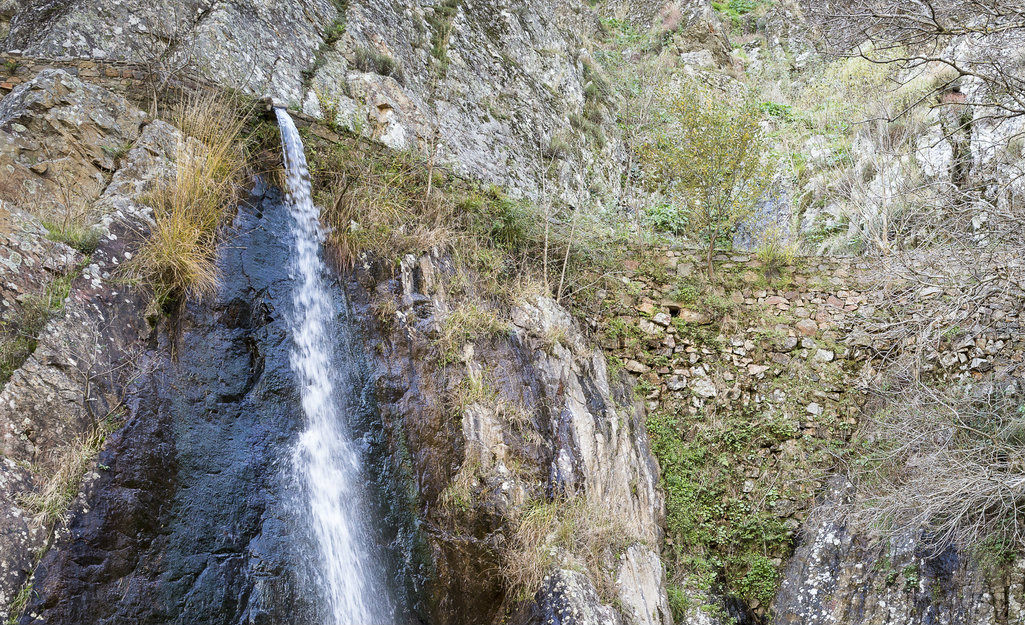
Streaming-potential (SP) is an electrical surveying method used when fluids or electrolytes—typically water—move through porous areas in the ground. This creates a change in voltage that can be read using a voltmeter and two electrodes. Streaming-potential is synonymous with “self-potential” and “spontaneous-potential,” though the latter two designations are used when the cause of the spontaneous voltage is chemical processes associated with sulfide minerals or graphite in the ground. There are two primary uses for streaming-potential: searching for leakage in dams and levees, and seeing how water or other liquid moves through the ground. We’ll explore both below.
Searching For Leakage In Dams & Levees
Properly designed levees have a clay core, which has very low permeability. Similarly, the bottom of dams are often lined with clay. The use of clay helps ensure water does not leak through the levee or dam and cause structural issues. Large earthen dams often have a “grout curtain,” a series of pressure-grouted boreholes installed in the bedrock under the embankment. This is used to prevent water from leaking out through fractures in the bedrock under the dam.
The problem is, many levees around the world were constructed hundreds and sometimes thousands of years ago, and information on how they were constructed has been lost. In older levees, repairs have often been made throughout the levee’s lifetime but are rarely documented, so there’s no telling what’s actually inside the levee. If the materials used originally—or the materials added on over the years—are subpar, the levee may be prone to leakages or failure.
Additionally, if clay dries out, it can form deep cracks. This can also make the dam or levee prone to leakage issues, which could range from an economic problem (losing water) to a dangerous situation (a faulty dam or levee).
If water is moving through the dam or levee, this will create a voltage that is measurable on the surface. You can find this out by measuring the streaming-potential. There are two ways you can go about this:
- If the dam or levee has already been constructed, you can simply set up the two electrodes on top of the dam or levee and take a series of readings using the fixed-base or gradient method.
- If you’re building a dam or levee and want to actively monitor it for leakage, you can purchase nonpolarizable electrodes and bury them approximately one foot below the surface of the levee or dam. You can then perform streaming-potential surveys regularly to monitor for any leakage issues.
Some choose to perform a streaming-potential survey along with a resistivity survey in order to get an image of the dam or levee in question. Clay has lower resistivity than other materials in a dam or levee (like concrete, gravel, sand, or rock)—and if there’s a fracture in the levee where water is escaping from, this area would be even more conductive. Thus, a resistivity survey would show an image highlighting the area with low resistivity.
Mapping Groundwater Movement
Hydrogeologists are interested in learning how water moves underground through cracks and porous medium. Therefore, they often employ the use of a streaming-potential survey in order to see how—and in what direction—the water is moving.
Specific applications include:
- Mapping environmental problems. If there is concern about a waste site leaking water into the ground, conducting a streaming-potential survey is often necessary. This provides information on which direction the contaminated fluid is moving and where it has reached so far so the area can be decontaminated and the health and environmental hazards can be cleaned up.
- Mapping water routes to mines. When mines are constructed, water from surrounding fractures pours in—which means mine operators are constantly pumping it out. By conducting a streaming-potential survey, the operators can find and then seal off the accessible fractures with concrete. This saves money in the long run, as pumps are expensive to operate.
Questions about streaming-potential?
Please contact us! We’re happy to discuss the merits and drawbacks of the streaming-potential method and other geophysical methods with you.

